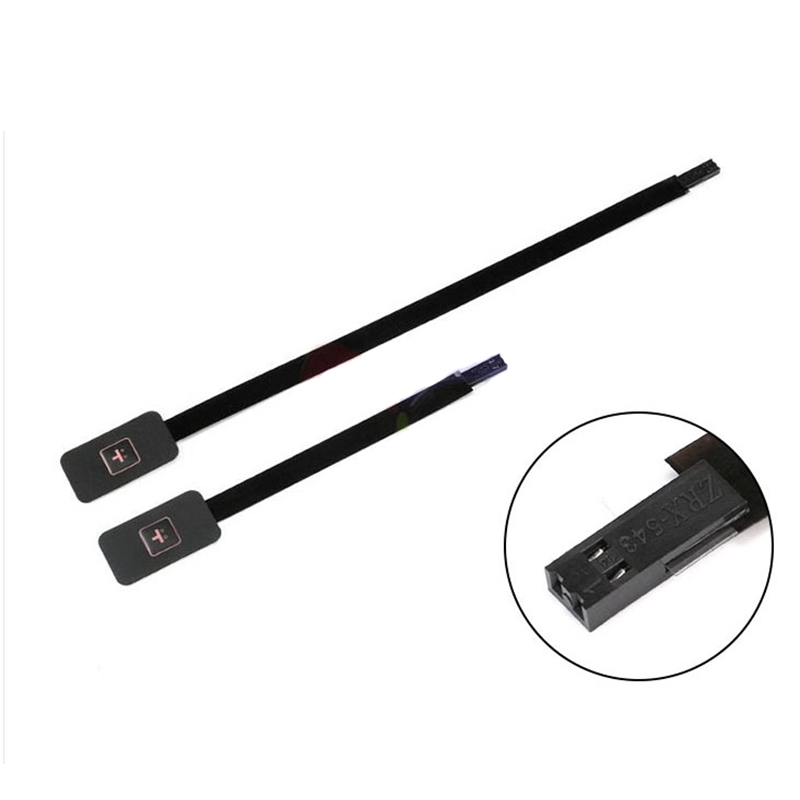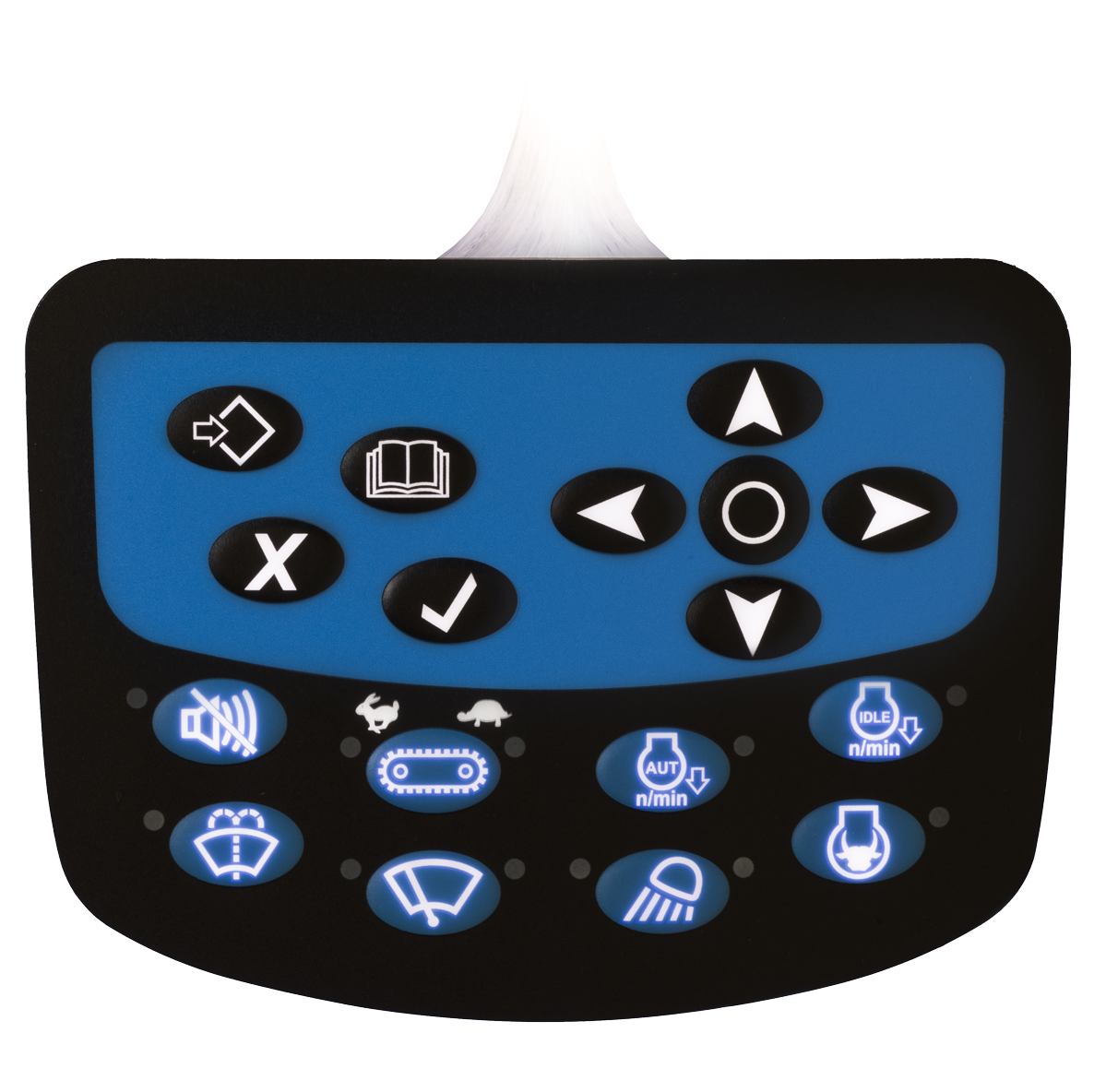How Membrane Switch Innovation Is Transforming Modern User Interfaces
How Membrane Switch Innovation Is Transforming Modern User Interfaces
Blog Article
Membrane Layer Switch Modern Technology: The Trick to Dependable and Economical Interfaces
Membrane button technology has emerged as a critical element in the style of interface, giving both reliability and cost-effectiveness across a varied series of applications. Its durable construction ensures resistance to ecological difficulties, while the versatility in design enables customized solutions that satisfy specific sector requirements. As we explore the complex benefits of membrane switches, their possibility for innovation raises questions about future applications and progressing patterns. What does the next phase hold for this modern technology in an increasingly digital landscape?
Comprehending Membrane Layer Switch Technology
Membrane switch technology is a widely made use of user interface service in numerous electronic devices, using a smooth blend of performance and layout. This innovation includes numerous layers of products, normally containing a graphic overlay, spacer layer, and a circuit layer. The graphic overlay displays the user interface aspects, while the spacer layer divides the circuit layer from the overlay up until a customer turns on a button.
When stress is put on the overlay, the circuit layer completes the electrical circuit, sending out a signal to the tool. This device permits numerous arrangements, including tactile comments and backlighting alternatives, enhancing individual interaction. Membrane buttons are normally produced making use of long lasting products such as polyester or polycarbonate, ensuring longevity and resistance to environmental aspects like moisture and dirt.
The flexibility of membrane layer changes allows their application in varied industries, including medical gadgets, consumer electronics, and industrial controls. Their compact style allows for combination into space-constrained settings, supplying an effective customer interface without endangering aesthetic charm. Understanding the intricacies of membrane switch modern technology is necessary for producers and designers seeking to develop trusted and efficient human-machine interfaces.
Trick Benefits of Membrane Switches
While numerous interface remedies exist, membrane layer changes offer distinctive advantages that make them a favored selection in various applications. One of the main advantages is their toughness; membrane switches are made to withstand severe environmental conditions, consisting of wetness, dust, and temperature level fluctuations, ensuring resilient performance. This strength significantly reduces the demand for regular substitutes, thus lowering general maintenance costs.

Furthermore, membrane layer buttons are lightweight and portable, making them ideal for applications where area is restricted. Their low-profile style adds to a sleek appearance without compromising functionality.
Cost-effectiveness is also a noteworthy advantage, as the production procedure for membrane layer changes tends to be more economical contrasted to traditional mechanical switches. This cost, integrated with their reliability and convenience of setup, placements membrane switches over as a sensible option for a variety of markets looking for reliable and reliable user interfaces.
Applications Across Numerous Industries
How do membrane layer switches adapt to the varied needs of different sectors? my website Membrane layer button modern technology is significantly acknowledged for its flexibility, making it suitable for a wide variety of applications across several markets. In the medical field, membrane buttons are used in analysis equipment and individual monitoring tools, where their sturdiness and convenience of cleansing are crucial for preserving health criteria. The auto sector utilizes these switches in dashboards and control board, providing a structured aesthetic while making certain straightforward operation.
In consumer electronic devices, membrane layer buttons provide a small service for remotes and home appliances, enhancing individual experience through intuitive style. In addition, the commercial market leverages membrane layer switches for equipment control panels, taking advantage of their resistance to harsh atmospheres, such as moisture and dust.
Armed forces and aerospace applications likewise make use of membrane switches for their integrity and ability to stand up to severe problems, making certain functional performance in critical situations. Furthermore, the food and beverage industry embraces these switches for automated systems, where sanitation and ease of operation are vital. Inevitably, membrane layer switches are customized to fulfill the unique demands of each market, showing their vital function in modern innovation user interfaces
Style and Personalization Alternatives

In the world of membrane layer switch modern technology, style and customization alternatives play a critical role in boosting performance and user communication. These switches can be tailored to our website satisfy particular functional demands and aesthetic choices, making them versatile parts in different applications.
Among the main modification choices is the layout of the button itself, which can be designed to suit distinct user interfaces and ergonomic factors to consider. By changing the shape, dimension, and plan of buttons, makers can develop user-friendly designs that promote ease of usage. Furthermore, the unification of different shades and visuals overlays enables for branding and improved presence, guaranteeing that customers can swiftly identify functions.
Moreover, membrane buttons can be engineered with numerous responsive feedback mechanisms, such as elevated switches or distinct clicks, to enhance the individual experience. Various products can likewise be selected for resilience and environmental resistance, attending to factors such as wetness, temperature level fluctuations, and chemical exposure.
Inevitably, the extensive style and personalization options available in membrane layer switch technology empower businesses to create tailored services that not just meet practical demands yet additionally align with their branding and operational requirements.

Future Patterns in Membrane Switches
As membrane switch innovation proceeds to advance, future fads are significantly focused on enhancing user experience and integrating advanced functionalities. One significant trend is the combination of touch-sensitive and capacitive innovations into conventional membrane switches. This development permits for even more user-friendly individual interfaces, offering tactile feedback while maintaining a sleek layout.
An additional arising pattern is the use of ecologically friendly materials, driven by the expanding need for sustainable manufacturing practices. Suppliers are looking for to minimize their carbon impact by making use of recyclable substrates and low-impact inks, aligning with international sustainability objectives.
Additionally, the increase of the Internet of Points (IoT) is triggering the consolidation of smart attributes right into membrane layer switches. Boosted connectivity options will certainly make it possible for gadgets to connect with each other, allowing for smooth integration right into more comprehensive systems.
In addition, improvements in printing innovations, go to my blog such as electronic printing, are enabling for greater layout versatility and personalization. This makes it possible for makers to create elaborate designs and vivid colors cost-effectively.

Conclusion
In verdict, membrane button modern technology represents an important advancement in user interface design, using substantial benefits in resilience, personalization, and cost-effectiveness. As improvements proceed to emerge, especially in touch-sensitive user interfaces and lasting products, the possibility for membrane layer switches over to enhance user experience and performance stays encouraging.
Report this page